-
 bitcoin
bitcoin $109547.008142 USD
0.04% -
 ethereum
ethereum $4011.838726 USD
-0.05% -
 tether
tether $1.000402 USD
-0.01% -
 xrp
xrp $2.798606 USD
0.88% -
 bnb
bnb $970.877944 USD
1.39% -
 solana
solana $202.237275 USD
-0.95% -
 usd-coin
usd-coin $0.999673 USD
0.00% -
 dogecoin
dogecoin $0.229294 USD
-1.15% -
 tron
tron $0.336370 USD
-0.45% -
 cardano
cardano $0.777260 USD
-1.66% -
 hyperliquid
hyperliquid $45.503019 USD
1.73% -
 ethena-usde
ethena-usde $1.000362 USD
0.01% -
 chainlink
chainlink $20.785303 USD
-1.10% -
 avalanche
avalanche $28.755822 USD
-0.11% -
 stellar
stellar $0.358303 USD
-0.48%
How to use TRIX combined with Fibonacci? How to confirm the key position?
TRIX and Fibonacci can enhance crypto trading by identifying trends and key levels; use TRIX to confirm bullish or bearish signals at Fibonacci retracement points.
May 21, 2025 at 10:14 pm
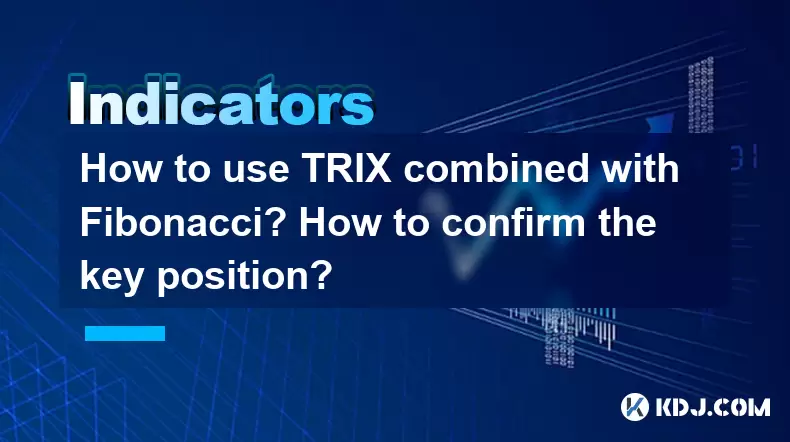
Introduction to TRIX and Fibonacci in Cryptocurrency Trading
In the world of cryptocurrency trading, technical analysis plays a crucial role in helping traders make informed decisions. Two popular tools in this realm are the TRIX (Triple Exponential Average) and Fibonacci retracement levels. TRIX is a momentum indicator that helps identify the trend's strength and potential reversals, while Fibonacci retracement levels assist in identifying potential support and resistance levels. When combined, these tools can offer powerful insights into market movements and help traders confirm key positions. In this article, we will explore how to use TRIX in conjunction with Fibonacci retracement levels and how to confirm key positions in the cryptocurrency market.
Understanding TRIX and Its Application in Crypto Trading
TRIX is a momentum oscillator that uses triple-smoothed exponential moving averages to eliminate short-term price fluctuations and focus on the underlying trend. It is calculated as the percentage change in a triple-smoothed exponential moving average. The TRIX line oscillates around zero, and traders typically look for signals when the TRIX line crosses above or below the zero line.
- Positive TRIX values indicate that the trend is bullish.
- Negative TRIX values indicate that the trend is bearish.
To apply TRIX in cryptocurrency trading:
- Choose a suitable time frame for your trading strategy.
- Add the TRIX indicator to your chart. Most trading platforms allow you to customize the period of the TRIX, typically set to 14 periods.
- Monitor the TRIX line for crossovers above or below the zero line. A crossover above zero signals a potential bullish trend, while a crossover below zero signals a potential bearish trend.
- Use the TRIX signal line, which is a moving average of the TRIX line, to generate more reliable signals. A crossover of the TRIX line above the signal line can be seen as a buy signal, while a crossover below the signal line can be seen as a sell signal.
Understanding Fibonacci Retracement and Its Application in Crypto Trading
Fibonacci retracement levels are horizontal lines that indicate potential support and resistance levels based on the Fibonacci sequence. The key Fibonacci levels used in trading are 23.6%, 38.2%, 50%, 61.8%, and 78.6%.
To apply Fibonacci retracement in cryptocurrency trading:
- Identify a significant price movement, either an uptrend or downtrend.
- Select the Fibonacci retracement tool on your trading platform.
- For an uptrend, draw the Fibonacci retracement from the low point to the high point. For a downtrend, draw it from the high point to the low point.
- The tool will automatically plot the Fibonacci levels on your chart.
- Look for price reactions at these levels. The 38.2%, 50%, and 61.8% levels are often considered the most significant.
Combining TRIX with Fibonacci Retracement
Combining TRIX with Fibonacci retracement can provide a more robust trading strategy. Here’s how to integrate these two tools:
- Identify the overall trend using the TRIX indicator. If the TRIX line is above zero, the trend is bullish; if it’s below zero, the trend is bearish.
- Once the trend is identified, use Fibonacci retracement to find potential entry points within that trend.
- In a bullish trend, look for buying opportunities at Fibonacci support levels (38.2%, 50%, or 61.8%) when the TRIX line is above zero and possibly crossing above the signal line.
- In a bearish trend, look for selling opportunities at Fibonacci resistance levels (38.2%, 50%, or 61.8%) when the TRIX line is below zero and possibly crossing below the signal line.
Confirming Key Positions Using TRIX and Fibonacci
Confirming key positions is crucial for successful trading. Here’s how to use TRIX and Fibonacci to confirm these positions:
- Identify the Trend with TRIX: Use the TRIX line to confirm the trend direction. A bullish trend is confirmed when the TRIX line is above zero, and a bearish trend is confirmed when the TRIX line is below zero.
- Locate Fibonacci Levels: Once the trend is confirmed, draw Fibonacci retracement levels on the chart based on the most recent significant price movement.
- Watch for Price Reactions: Look for price reactions at the Fibonacci levels. A strong reaction (reversal or bounce) at a Fibonacci level can confirm it as a key position.
- Confirm with TRIX Signals: Use TRIX signals to confirm the key position. For example, if the price bounces off a Fibonacci support level in a bullish trend, a TRIX crossover above the signal line can confirm the entry point.
- Volume Confirmation: Additionally, look for increased trading volume at the key position to further confirm its significance. High volume at a Fibonacci level can indicate strong market interest and reinforce the level as a key position.
Practical Example of Using TRIX and Fibonacci in Crypto Trading
Let's consider a practical example to illustrate how to use TRIX and Fibonacci in cryptocurrency trading:
- Suppose you are analyzing the price chart of Bitcoin (BTC) and notice a significant uptrend from $20,000 to $30,000.
- You apply the TRIX indicator to the chart and observe that the TRIX line is above zero, confirming a bullish trend.
- Next, you draw the Fibonacci retracement from the low of $20,000 to the high of $30,000. The Fibonacci levels are plotted on the chart.
- The price of BTC retraces to the 50% Fibonacci level at $25,000, and you notice a strong bounce at this level with increased trading volume.
- At the same time, the TRIX line crosses above the signal line, confirming a bullish signal.
- Based on this analysis, you decide to enter a long position at $25,000, as the combination of the TRIX signal and the Fibonacci retracement level at $25,000 confirms a key support level and a potential entry point.
FAQs
Q1: Can TRIX be used effectively on all time frames in cryptocurrency trading?A1: TRIX can be used on various time frames, but its effectiveness may vary. Shorter time frames like 1-minute or 5-minute charts may generate more false signals due to increased market noise. Longer time frames such as daily or weekly charts tend to provide more reliable signals as they filter out short-term fluctuations and focus on the broader trend.
Q2: How can I adjust the sensitivity of the TRIX indicator?A2: The sensitivity of the TRIX indicator can be adjusted by changing the period used in its calculation. A shorter period, such as 9 periods, will make the TRIX more sensitive to price changes, potentially generating more signals. A longer period, such as 21 periods, will make the TRIX less sensitive, smoothing out the line and reducing the number of signals. Experiment with different periods to find the setting that best suits your trading strategy.
Q3: Are there other indicators that can be used in conjunction with Fibonacci retracement?A3: Yes, several other indicators can be used with Fibonacci retracement to enhance trading strategies. Some popular options include the Relative Strength Index (RSI), Moving Average Convergence Divergence (MACD), and Bollinger Bands. Each of these indicators can provide additional confirmation of key Fibonacci levels, helping traders make more informed decisions.
Q4: How can I identify false signals when using TRIX and Fibonacci together?A4: False signals can be identified by looking for discrepancies between the TRIX indicator and price action at Fibonacci levels. For example, if the TRIX generates a bullish signal but the price fails to respect a Fibonacci support level, it may indicate a false signal. Additionally, low trading volume at key Fibonacci levels can suggest a lack of market interest, increasing the likelihood of a false signal. Always use multiple confirmations and be cautious of signals that do not align with the broader market context.
Disclaimer:info@kdj.com
The information provided is not trading advice. kdj.com does not assume any responsibility for any investments made based on the information provided in this article. Cryptocurrencies are highly volatile and it is highly recommended that you invest with caution after thorough research!
If you believe that the content used on this website infringes your copyright, please contact us immediately (info@kdj.com) and we will delete it promptly.
- BONK Investment: From $1K to $96K Gains and the Hunt for the Next Big Meme Coin
- 2025-09-28 16:25:12
- zkVerify's VFY Token Lands on KuCoin: A New Era for Zero-Knowledge Proofs?
- 2025-09-28 16:45:14
- Cathie Wood, Hyperliquid, and Solana: Decoding the Future of Crypto
- 2025-09-28 16:45:14
- Pi Wallet: Guardian of Meritocracy and GCV Stability in the Pi Network
- 2025-09-28 16:25:12
- Crypto Bulls Target QNT Token: Will the Rally Last?
- 2025-09-28 16:50:01
- Quant's Rally: Bulls Eye $103 Liquidity Amidst Market Optimism
- 2025-09-28 16:30:01
Related knowledge
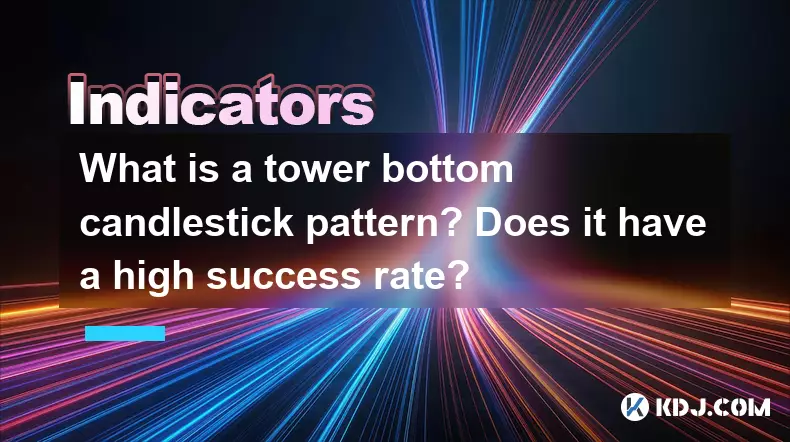
What is a tower bottom candlestick pattern? Does it have a high success rate?
Sep 22,2025 at 07:18am
Tower Bottom Candlestick Pattern Explained1. The tower bottom candlestick pattern is a reversal formation that typically appears at the end of a downt...
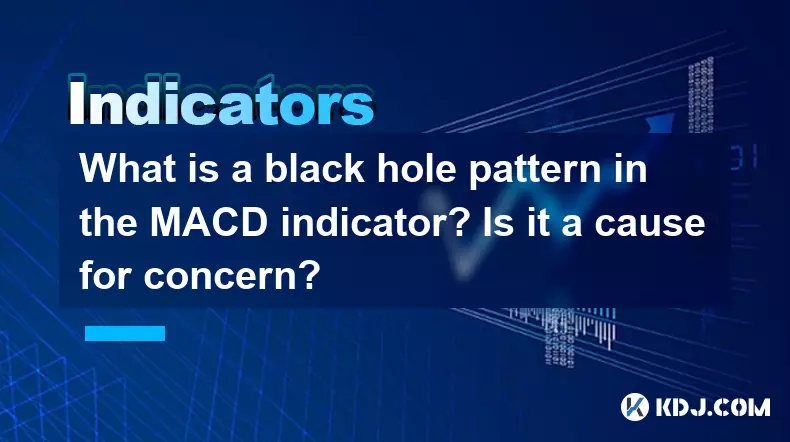
What is a black hole pattern in the MACD indicator? Is it a cause for concern?
Sep 21,2025 at 06:54pm
Bitcoin's Role in Decentralized Finance1. Bitcoin remains the cornerstone of decentralized finance, serving as a benchmark for value and security acro...

How can I use the psychological line (PSY) to determine market sentiment?
Sep 17,2025 at 02:19pm
Understanding the Psychological Line (PSY) in Cryptocurrency TradingThe Psychological Line, commonly referred to as PSY, is a momentum oscillator used...
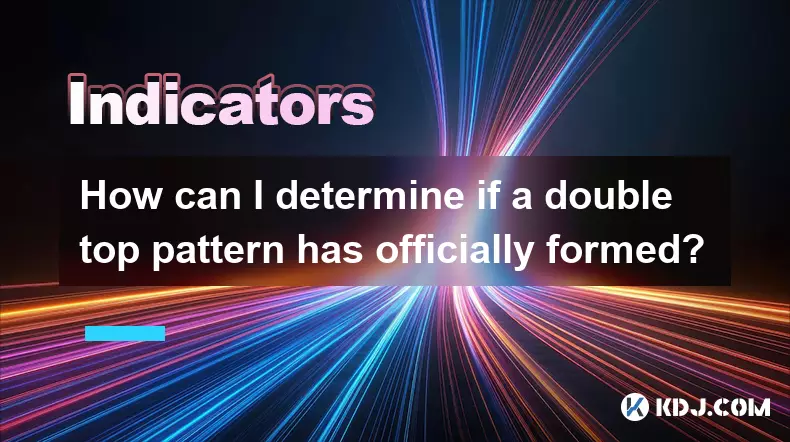
How can I determine if a double top pattern has officially formed?
Sep 21,2025 at 03:18am
Understanding the Structure of a Double Top Pattern1. A double top pattern consists of two distinct peaks that reach approximately the same price leve...
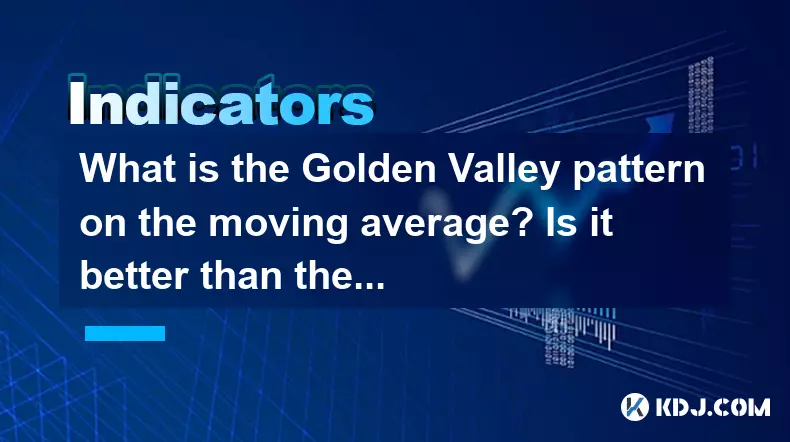
What is the Golden Valley pattern on the moving average? Is it better than the Silver Valley pattern?
Sep 21,2025 at 02:54pm
Understanding the Golden Valley Pattern in Moving Averages1. The Golden Valley pattern is a technical formation observed in cryptocurrency price chart...

What does a death cross of the RSI in the strong zone (above 50) mean?
Sep 17,2025 at 10:54pm
Understanding the Death Cross in RSI Context1. The term 'death cross' is traditionally associated with moving averages, where a short-term average cro...

What is a tower bottom candlestick pattern? Does it have a high success rate?
Sep 22,2025 at 07:18am
Tower Bottom Candlestick Pattern Explained1. The tower bottom candlestick pattern is a reversal formation that typically appears at the end of a downt...

What is a black hole pattern in the MACD indicator? Is it a cause for concern?
Sep 21,2025 at 06:54pm
Bitcoin's Role in Decentralized Finance1. Bitcoin remains the cornerstone of decentralized finance, serving as a benchmark for value and security acro...

How can I use the psychological line (PSY) to determine market sentiment?
Sep 17,2025 at 02:19pm
Understanding the Psychological Line (PSY) in Cryptocurrency TradingThe Psychological Line, commonly referred to as PSY, is a momentum oscillator used...

How can I determine if a double top pattern has officially formed?
Sep 21,2025 at 03:18am
Understanding the Structure of a Double Top Pattern1. A double top pattern consists of two distinct peaks that reach approximately the same price leve...

What is the Golden Valley pattern on the moving average? Is it better than the Silver Valley pattern?
Sep 21,2025 at 02:54pm
Understanding the Golden Valley Pattern in Moving Averages1. The Golden Valley pattern is a technical formation observed in cryptocurrency price chart...

What does a death cross of the RSI in the strong zone (above 50) mean?
Sep 17,2025 at 10:54pm
Understanding the Death Cross in RSI Context1. The term 'death cross' is traditionally associated with moving averages, where a short-term average cro...
See all articles









































































